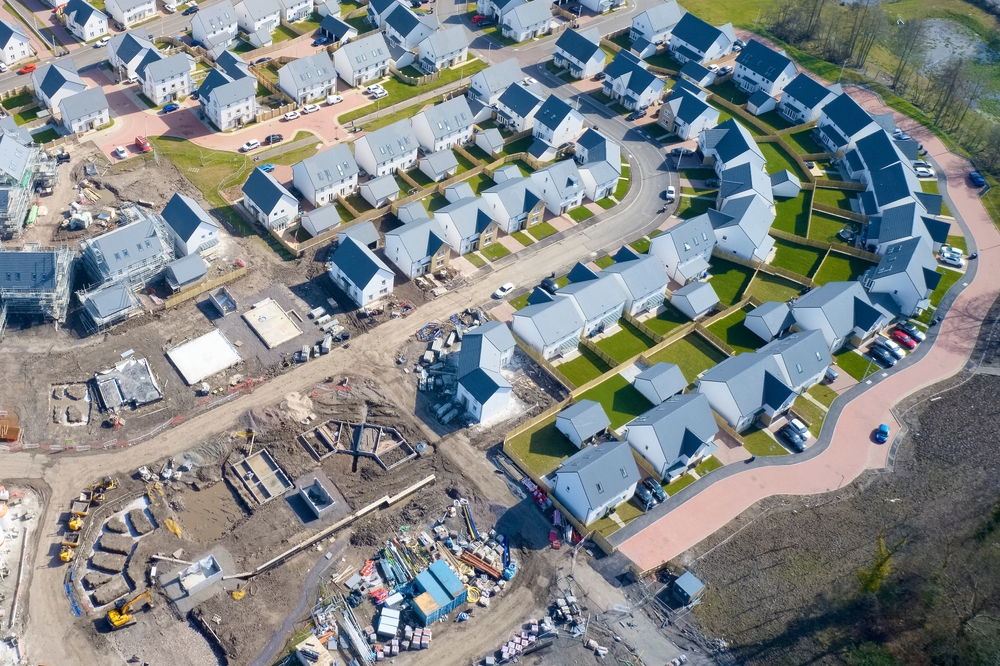Reforming Site Thresholds: A New Era for UK Housing Development – Blog 1

On 28 May 2025, the UK government released the Planning Reform Working Paper: Reforming Site Thresholds, proposing a fresh approach to planning regulations based on site size. The aim being to streamline the planning process, to assist small and medium-sized enterprises (SMEs) in the housing sector with delivery.
Understanding the Proposed Changes
The Paper introduces a tiered system categorizing residential developments into three distinct thresholds:
- Minor Developments: Projects with fewer than 10 homes or on sites up to 0.5 hectares.
- Medium Developments: A new proposed category for developments between 10 and 49 homes or up to 1 hectare.
- Major Developments: Projects with 50 or more homes or on sites exceeding 1 hectare.
The gradated approach aims to align planning requirements proportionally with the scale of development, reducing unnecessary burdens on smaller projects while maintaining rigorous standards for larger ones.

Key Proposals and Their Implications
1. Minor Developments:
- Streamlined Requirements: Exemptions from certain obligations, such as BNG, affordable housing contributions and the Building Safety Levy, are proposed to reduce upfront costs for SMEs.
- Simplified Processes: Shorter determination times (8 weeks) and reduced documentation requirements aim to expedite approvals.
- Delegated Decision-Making: Proposals suggest that decisions on minor developments be delegated to planning officers, bypassing committee deliberations to accelerate the process.
A category of very small sites is also defined for sites under 0.1ha which will be the national development management policy consultation. The Paper indicates an intention to support the delivery of very small sites through:
- using digital tools for site finding and design requirements.
- providing template design codes
2. Medium Developments:
- New Classification: Recognizing the unique challenges of medium-sized projects of between 10-49 homes/up to 1.0 ha, this category seeks to provide tailored planning obligations.
- Permission in Principle: An expanded use of this mechanism could allow developers to establish the acceptability of a site for development without detailed plans, reducing initial costs and uncertainties and views on this are sought by the paper.
- Simplified Biodiversity Net Gain (BNG) Requirements: Adjustments to BNG obligations aim to make compliance more manageable for SMEs.
- Other measures include, examining building safety levy exemption, review of statutory consultees and amendments to validation requirements and streamlining s106.
3. Major Developments:
- Maintained Standards: Large-scale projects will continue to be subject to comprehensive planning requirements, ensuring thorough scrutiny and alignment with broader infrastructure and community needs.
- Potential for a mixed tenure thresholds – at 500 dwellings on which views are being sought.

Supporting SME Builders
A central theme of the reform is revitalizing the role of SMEs in housing delivery.
Environmental Considerations and Stakeholder Engagement
While the reforms aim to boost housing supply, they have sparked environmental concerns. Critics argue that streamlining processes could compromise protections for sensitive ecological sites.
Stakeholders are invited to provide feedback on the proposals until 9 July 2025. This input will inform the refinement of policies in the anticipated development management regulations, anticipated later in the year.
Conclusion
The Reforming Site Thresholds working paper represents a significant shift in the UK’s approach to planning regulation. By introducing a nuanced, size-based framework, the government seeks to facilitate more efficient housing development, particularly empowering SMEs. A series of question have been posted in conjunction with the working paper which can be viewed in the next blog of this series..






